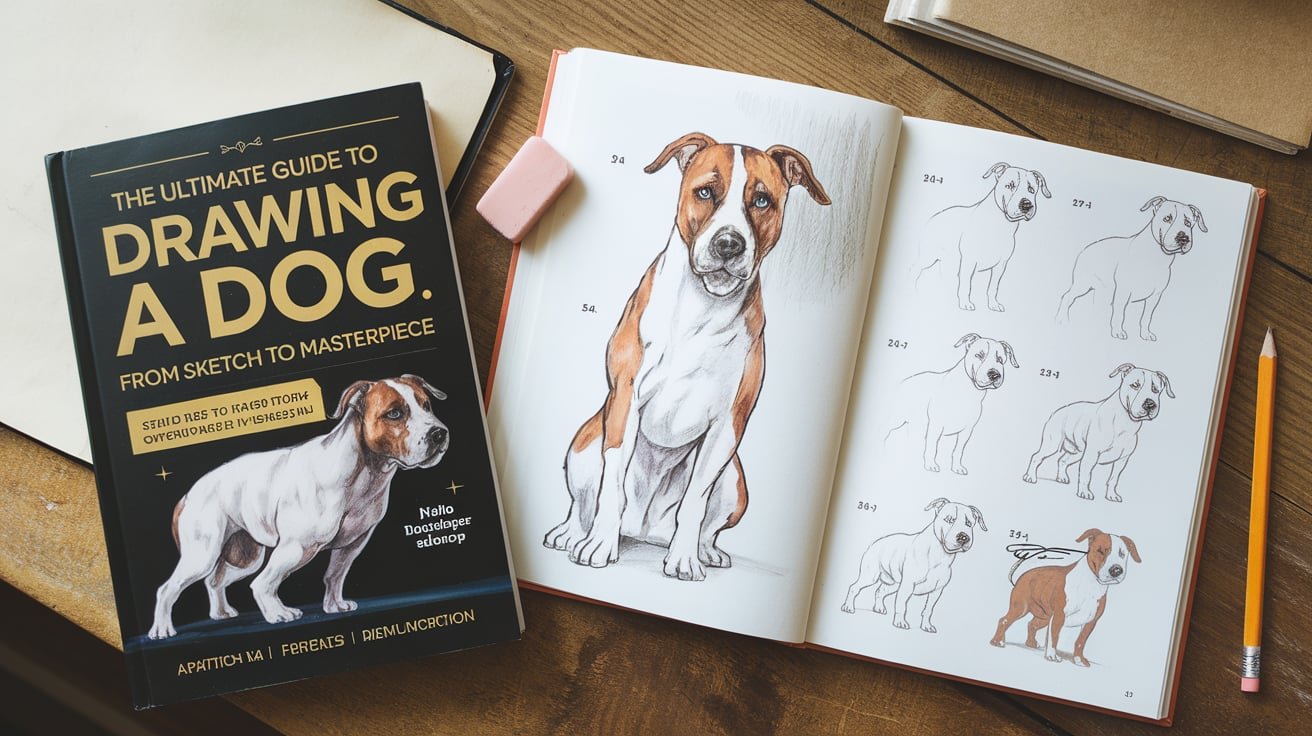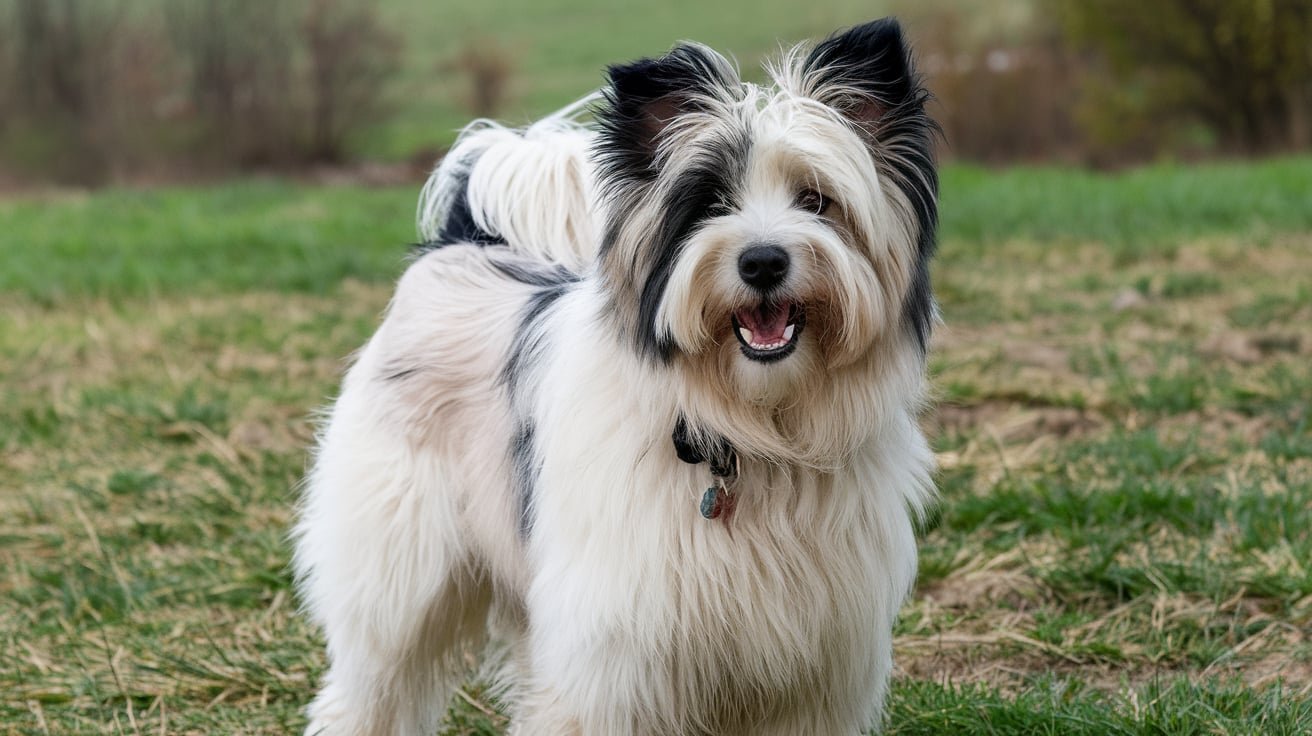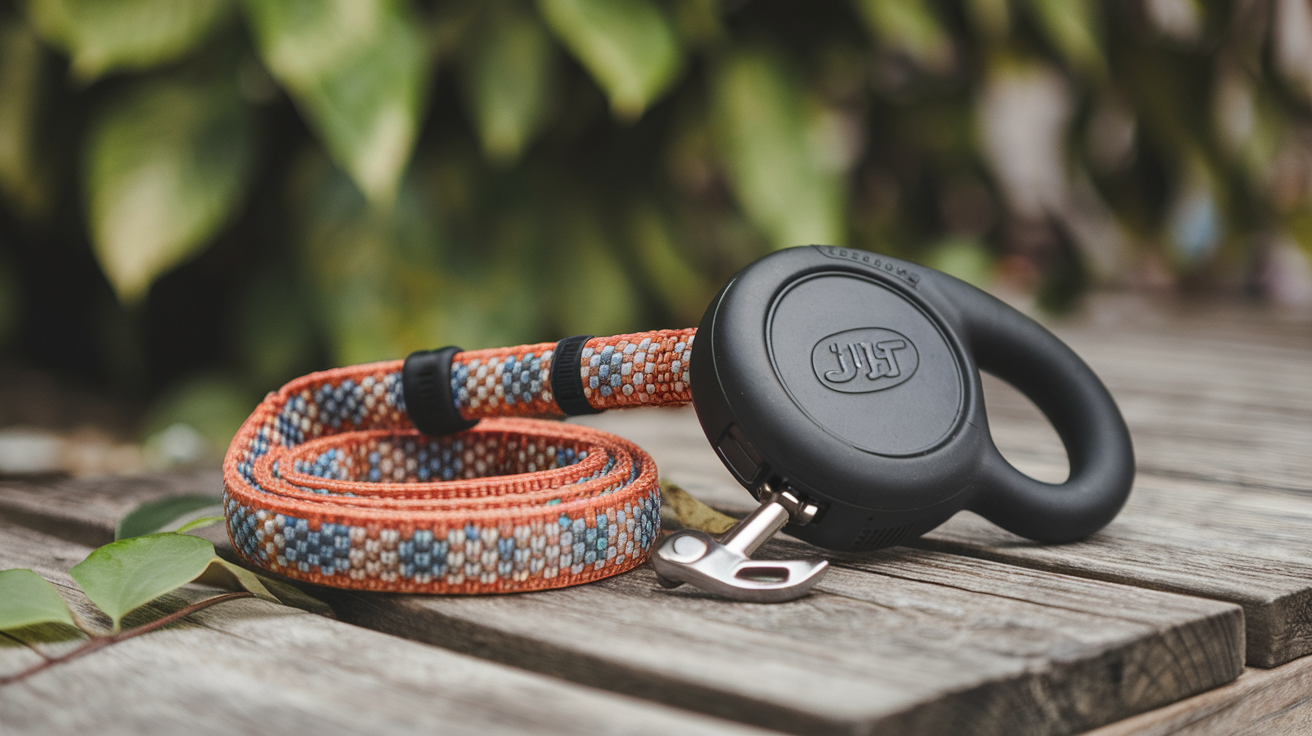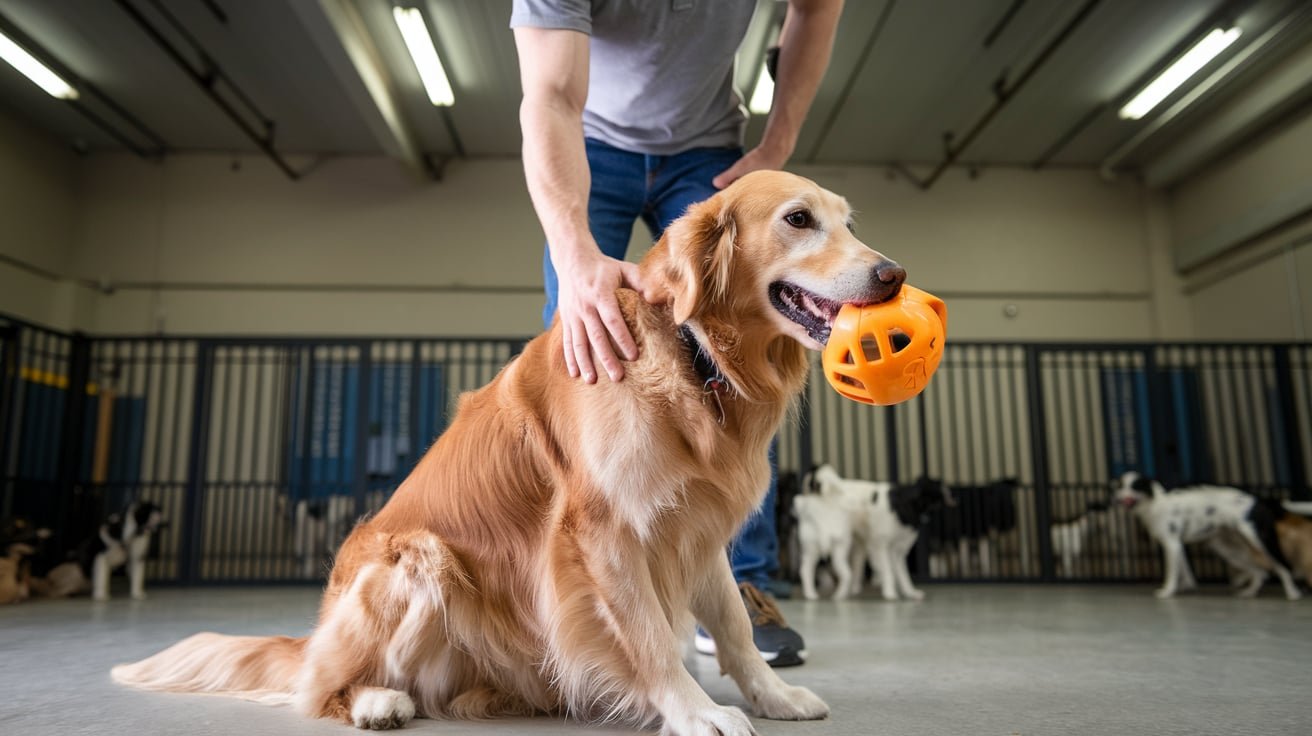Drawing a dog can be both an enjoyable and rewarding experience. Whether you’re a beginner looking to capture the essence of your furry friend or an artist aiming to refine your skills, this guide will help you through each step of creating a stunning dog drawing.
Why Draw Dogs?
Drawing dogs is a fantastic way to practice your artistic skills while celebrating our loyal companions. Dogs, with their diverse breeds and personalities, offer a unique challenge for artists. Their expressive faces and varied postures make them perfect subjects for both beginners and seasoned artists alike.
Materials You’ll Need
Before you begin, gather the following materials:
- Sketching Pencils: Various hardness grades (HB, 2B, 4B, etc.)
- Erasers: For cleaning up lines and shading mistakes
- Drawing Paper: High-quality paper that can handle various pencil pressures
- Blending Tools: Such as tortillons or blending stumps
- Reference Images: Pictures of dogs to guide your drawing
Step-by-Step Guide to Drawing a Dog
1. Start with Basic Shapes
Begin by sketching the basic shapes that make up a dog’s body. Use circles and ovals to outline the head, body, and limbs. For instance, draw a large oval for the body and a smaller circle for the head. This foundational step helps you get the proportions right.
2. Add the Basic Outline
Once you have the basic shapes, sketch the outline of the dog. Focus on the general shape of the head, ears, legs, and tail. At this stage, don’t worry about details; just aim to get the overall posture and proportions accurate.
3. Refine the Details
With the basic outline in place, start adding details. Draw the eyes, nose, and mouth. Pay close attention to the dog’s breed-specific features. For example, a Bulldog’s face will look very different from a Greyhound’s.
4. Add Texture and Fur
To make your drawing more realistic, add texture to the fur. Use short, quick strokes to mimic the way fur grows. The direction of your strokes should follow the natural growth pattern of the fur.
5. Shade and Highlight
Shading adds depth to your drawing. Determine your light source and add shadows accordingly. Use a blending tool to smooth out transitions between light and dark areas. Highlight areas that catch the light to give your drawing a three-dimensional effect.
6. Final Touches
Review your drawing for any final adjustments. Clean up any stray lines and refine details. Adding small touches can greatly enhance the realism of your dog drawing.
Common Mistakes to Avoid
- Over-reliance on Erasers: Use your eraser sparingly. It’s better to make corrections gradually as you go.
- Ignoring Proportions: Accurate proportions are crucial. Spend time getting them right at the beginning.
- Skipping Reference Images: Always use reference images to guide your drawing. They provide valuable insights into breed-specific characteristics and fur patterns.
Helpful Resources
For more tips and tutorials, check out these resources:
- How to Draw Animals: A Comprehensive Guide
- Drawing Dogs: Techniques and Tips
- Top 10 Drawing Tools for Beginners
Why Drawing Dogs Is Worth It
Drawing dogs not only improves your artistic skills but also allows you to create something truly special. Whether you’re sketching your pet or creating a gift for a dog lover, your drawing will be cherished and admired.
Conclusion
Drawing a dog is a fulfilling artistic endeavor that can be both challenging and rewarding. By following these steps and practicing regularly, you’ll develop your skills and gain confidence in your ability to capture the beauty of these wonderful animals. So, gather your materials, find a comfortable spot, and start drawing your favorite canine companion today!



